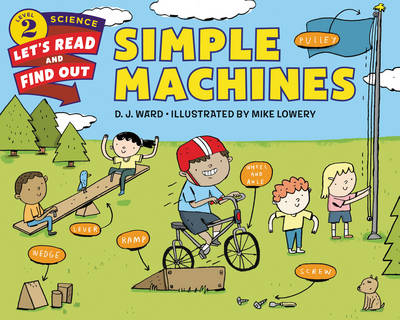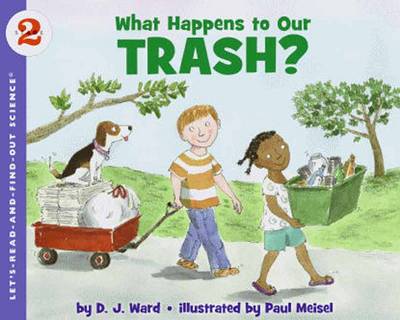Let's-Read-And-Find-Out Science 2
3 total works
Let's-Read-and-Find-Out Science is the winner of the American Association for the Advancement of Science/Subaru Science Books & Films Prize for Outstanding Science Series.
Read and find out about how cities work in this colorfully illustrated nonfiction picture book.
Millions of people live in cities around the world, but have you ever wondered how cities work? All those people need clean water to drink, a safe place to live, and a way to get all around the city. How do you take care of all those people’s needs? Read and find out all about the systems a city has to help keep everyone safe, healthy, and happy.
This book on city systems will appeal to the young civil engineer. How a City Works is filled with fun, accurate art, and includes tons of information. For example, it answers the question: Where does all the electricity needed to make a city run come from? How a City Works covers water treatment, power, sewage, recycling, and transportation.
How a City Works comes packed with visual aids like charts, sidebars, an infographic, and a funny, hands-on activity—how to clean up dirty “sewage” water, using puffed rice cereal, raisins, hot chocolate mix, and coffee filters.
This is a clear and appealing science book for early elementary age kids, both at home and in the classroom. It's a Level 2 Let's-Read-and-Find-Out, which means the book explores more challenging concepts for children in the primary grades. The 100+ titles in this leading nonfiction series are:
- hands-on and visual
- acclaimed and trusted
- great for classrooms
Top 10 reasons to love LRFOs:
- Entertain and educate at the same time
- Have appealing, child-centered topics
- Developmentally appropriate for emerging readers
- Focused; answering questions instead of using survey approach
- Employ engaging picture book quality illustrations
- Use simple charts and graphics to improve visual literacy skills
- Feature hands-on activities to engage young scientists
- Meet national science education standards
- Written/illustrated by award-winning authors/illustrators & vetted by an expert in the field
- Over 130 titles in print, meeting a wide range of kids' scientific interests
Books in this series support the Common Core Learning Standards, Next Generation Science Standards, and the Science, Technology, Engineering, and Math (STEM) standards. Let's-Read-and-Find-Out is the winner of the American Association for the Advancement of Science/Subaru Science Books & Films Prize for Outstanding Science Series.


